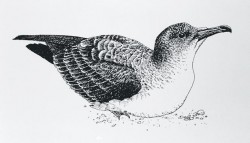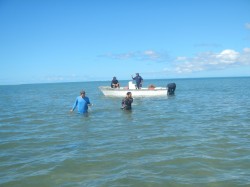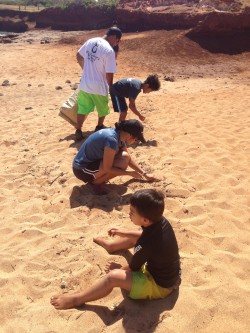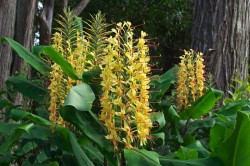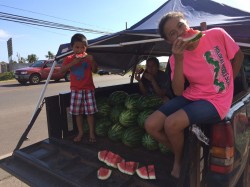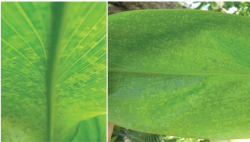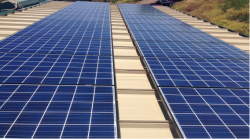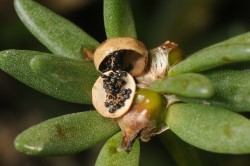A New Invasive Species – Hala Scale
Community Contributed
By Glenn I. Teves, County Extension Agent, UH CTAHR
“Pala ka hala, momona ka wana” is a saying connecting activities on the land with those in the ocean. In this case, when the hala fruits are ripe, the sea urchin or wana is fat and ready to eat. Now, hala will need to overcome a new nemesis that may not allow its fruits to ripen.
In 1995, the Hala Scale was discovered in a shipment of hala plants from the South Pacific to Hana, Maui. From there, it quickly spread to other islands. It was recently confirmed on Molokai in Puko`o and is believed to have been on the island for more than five years.…







